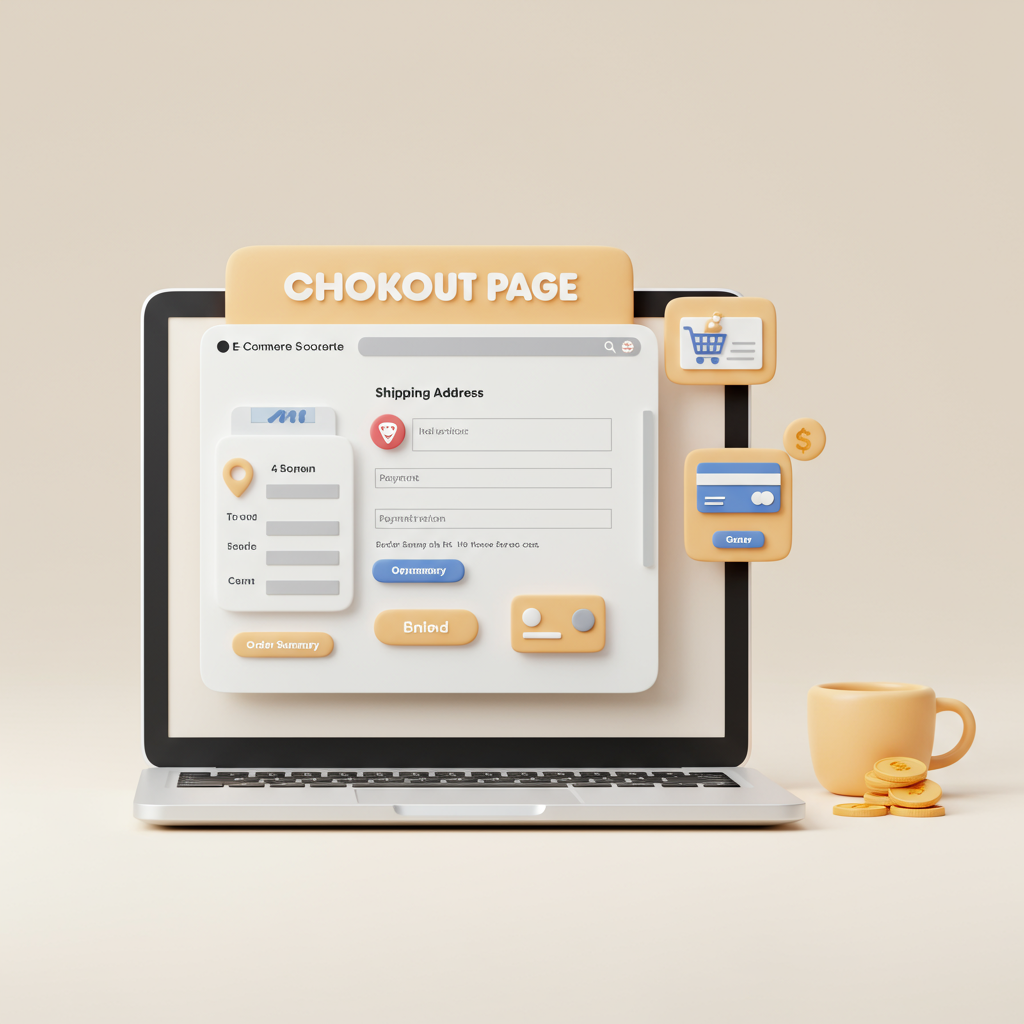I’ll share my strategies for transforming your Shopify checkout into a seamless, high-converting experience.
As an online merchant, I’ve learned that the journey from product discovery to purchase is fraught with potential pitfalls.
One area, often overlooked yet critically important, is the checkout experience itself.
It’s the final hurdle, the last impression, and where countless sales are won or lost.
I’ve spent considerable time optimizing my own Shopify store’s checkout, and I want to share what I’ve discovered.
My goal is to help you turn more browsers into buyers, reducing those frustrating abandoned carts.
Think of your checkout as the VIP lounge of your store. It needs to be fast, secure, and incredibly user-friendly.
The first thing I always focus on is speed and performance. Every second counts.
A slow-loading checkout page is a guaranteed way to lose customers, especially on mobile devices.
I regularly test my page load times using tools like Google PageSpeed Insights.
Ensuring my images are optimized and my theme is lightweight has made a noticeable difference.
Next, I prioritize trust and security. Customers need to feel absolutely safe entering their sensitive information.
Displaying clear SSL certificates, payment provider logos, and security badges builds immediate confidence.
I also make sure my privacy policy and terms of service are easily accessible from the checkout page.
Offering a variety of payment options is another non-negotiable for me.
While Shop Pay is fantastic for its speed and convenience, not everyone uses it.
I ensure I offer traditional credit card options, PayPal, Google Pay, and even local payment methods relevant to my audience.
The more choices I provide, the less likely a customer is to abandon due to their preferred method not being available.
Shipping clarity is paramount. Hidden costs or unclear delivery times are major conversion killers.
I make sure my shipping rates are transparent and displayed early in the process.
Providing estimated delivery dates, even if approximate, manages customer expectations effectively.
I’ve found that enabling guest checkout is crucial. Forcing customers to create an account is a significant barrier.
While I encourage account creation post-purchase for repeat business, the initial checkout should be frictionless.
Form optimization is another area where small changes yield big results.
I keep my forms as short as possible, only asking for essential information.
Auto-fill functionality is a lifesaver, and I ensure my forms are designed to support it.
Clear labels and error messages guide customers smoothly through the process.
What do you think about these initial strategies? Have you found similar improvements in your own store?
Post-purchase upsells and cross-sells can significantly increase average order value.
I use Shopify apps that allow me to offer relevant products *after* the initial purchase is complete.
This way, I don’t interrupt the primary checkout flow, which could cause abandonment.
The order confirmation page isn’t just a receipt; it’s another touchpoint.
I use it to thank the customer, provide clear next steps, and sometimes even offer a small discount on their next purchase.
Abandoned cart recovery is my safety net. I’ve set up automated email sequences through Shopify.
These gentle reminders, sometimes with a small incentive, bring back a surprising number of lost sales.
For international customers, localization is key. I use apps that automatically detect currency and language.
This makes the checkout feel more personal and trustworthy to a global audience.
Finally, I ensure my checkout design is consistent with my brand’s overall aesthetic.
It should feel like a natural extension of my store, not a generic, disconnected page.
Consistent branding builds trust and reinforces the customer’s journey.
And perhaps most importantly, I constantly test and analyze.
I use Shopify’s analytics and A/B testing tools to understand what’s working and what isn’t.
Small tweaks based on data can lead to substantial improvements over time.
Optimizing your Shopify checkout isn’t a one-time task; it’s an ongoing process.
By focusing on speed, trust, convenience, and smart post-purchase strategies, you can significantly boost your conversion rates.
I encourage you to review your own checkout process today and identify areas for improvement.






